Mulher de Verdade by Alberto Cavalcanti (Restored)
Available Until January 10, 2025
by Filipe Furtado
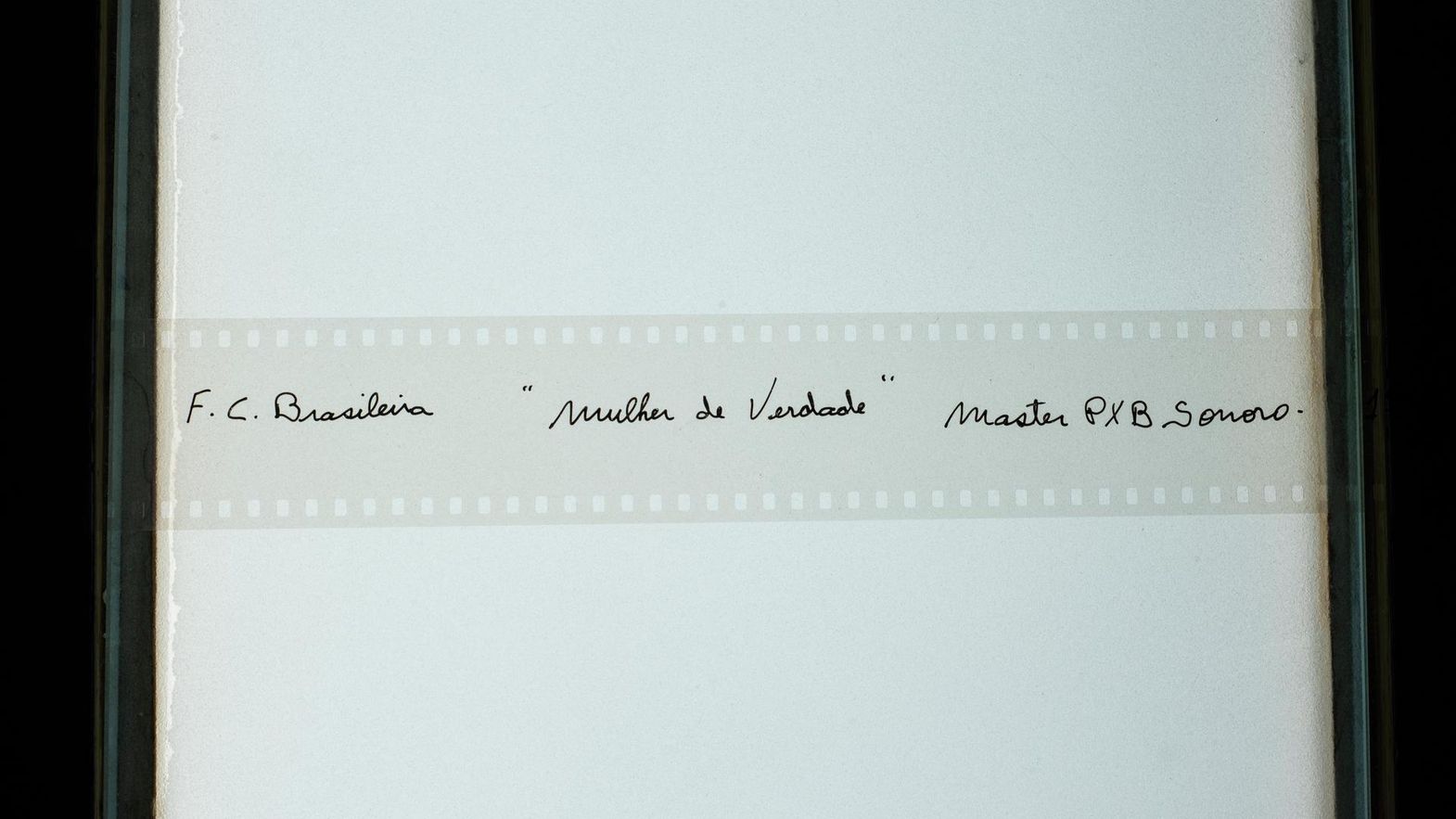 ©Justine Knuchel
©Justine Knuchel
When Alberto Cavalcanti returned to Brazil in 1950, it was supposed to be a great hero's return. He had worked regularly in Europe during the 1920s and 1940s, first in France on films linked to the silent experimental scene, such as Rien que les heures (1926) and En Rade (1927), and then in England where he worked within John Grierson’s GPO Film Unit directing documentary shorts such as Coal Face (1935) and then, from the Second World War onwards, at Ealing Studios, most notably as one of the directors of the classic horror anthology Dead of Night (1945). He was brought back to Brazil by industrialist Francisco Matarazzo whose most recent venture was the Companhia Cinematográfica Vera Cruz, an enterprise that had the ambition of being the first “professional” Brazilian film studio, promising “quality entertainment” with high production standards. Cavalcanti would evidently become the head of production, the only Brazilian qualified for this role.
The new studio was a disaster and, sunk in debt, was taken over by banks in 1954; Cavalcanti was only involved for about a year, during which he developed its first three films. His image in Brazil, however, would remain linked to Vera Cruz and as the history of Brazilian cinema was seen from the point of view of auteur cinema and, above all, Cinema Novo, the São Paulo studio became a kind of specter that needed to be exorcised – and with it Cavalcanti. In his influential Revisão crítica do cinema brasileiro (Critical Review of Brazilian Cinema), Glauber Rocha includes a chapter titled “Cavalcanti and Vera Cruz”. In it, he accused Cavalcanti of “not understanding Brazilian cinema” and while he welcomed his efforts to bring in European technicians who raised the technical standards of local productions, Rocha despised the presence of English and Italian directors and screenwriters who had little understanding of the country and the possibilities of local drama.

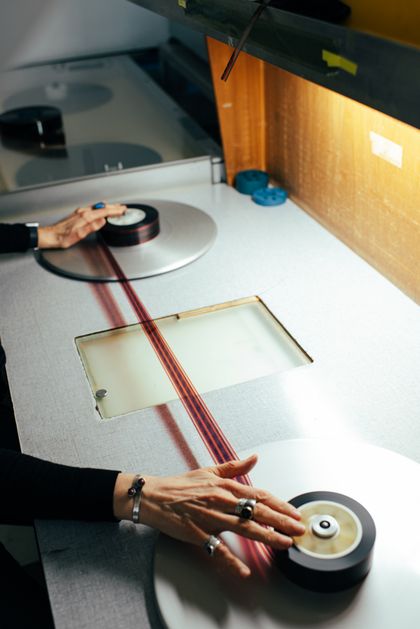
Cavalcanti’s position in film history is a curious one. Like Max Ophuls, he is a nomadic filmmaker whose work belongs to the world more than any national cinema, but those most naturally interested in his work, Brazilians, often reject the films he made in the country.
When I began to take an interest in Brazilian cinema in the mid-1990s, this was a caricatured image of Alberto Cavalcanti, the Brazilian filmmaker who had been a friend of Jean Renoir, who had started out in the French avant-garde and ended up in an alliance with the awestruck elite of São Paulo with their old-fashioned notions of art. Of the three films Cavalcanti directed during the period, Simão, o Caolho (Simão, the One-Eyed, 1952), O Canto do Mar (Song of the Sea, 1953), and Mulher de Verdade (A Real Woman, 1954), there were at most a few references to O Canto do Mar, and not always positive. Cavalcanti’s position in film history is a curious one. Like Max Ophuls, he is a nomadic filmmaker whose work belongs to the world more than any national cinema, but those most naturally interested in his work, Brazilians, often reject the films he made in the country. Yet Cavalcanti's three Brazilian films are far more interesting than the myth of a great misadventure that has formed around his unhappy return to the country would have us believe.
Cavalcanti's political positions certainly didn’t fit in with the social analysis found, for example, in Nelson Pereira dos Santos’ early films, but they offer a precious insight into the society of the period and are often acidic and enriched by his proximity to some of its most conservative elements in terms of class and gender relations. There is a considerable distrust of the elites being satirized in all their pettiness. The Vera Cruz experience is strongly felt in Simão o Caolho, which is almost Buñuelesque in its portrayal, while the films never hide a condescension towards the popular types they present, such as the immigrant community in O Canto do Mar or the main couple in Mulher de Verdade. O Canto do Mar intentionally refers back to En Rade, but the poetic mystification of the French film is replaced here by a social one. 70 years later, it’s easy to understand why the results looked suspicious to critics of the time, especially those of a Marxist bent, but Cavalcanti's difficulties in getting close to his characters add an extra fascination to his refined images.
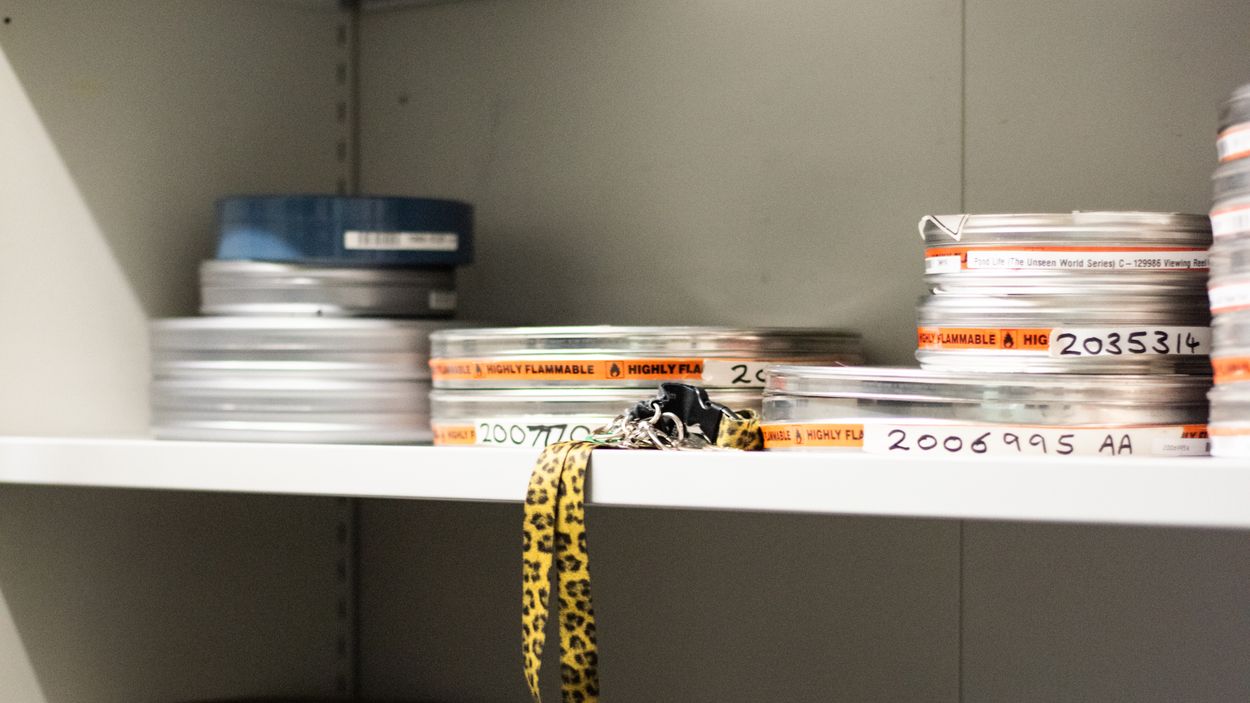 ©Justine Knuchel
©Justine Knuchel
The starting point for Mulher de Verdade was a hugely popular samba by Ataulfo Alves Ai! Que Saudade Da Amélia (Oh, How I Miss Amelia!), a masculine fantasy in which the narrator nostalgically compares his current wife to a former lover called Amelia, submissive and uncomplaining. Cavalcanti develops the film out from the central character, who is given more agency while remaining ensnared in the same social structures. What defines this Amelia is how she has managed to reform a petty criminal and her willingness to try to do the best for him, as well as a difficulty in dissimilating herself from the various male desires all around her. This is a comedy about a woman who becomes a bigamist because she isn’t allowed to say no, and from the opening credits the movie makes it clear that social stratification is to be the film’s backdrop.
The satire works precisely because Cavalcanti makes the film about how these various characters are prey to illusions, whether projected onto them or springing from themselves: the bandit turned good man, the woman who sacrifices herself, the rich playboy, the society lady – they are all archetypes from whom there is no escape. Cavalcanti's staging has a certain artifice that reinforces this condition; he draws a lot from the contrast between the home Amelia has made with her poor husband and the environments she frequents with the rich one. And Cavalcanti's eye for casting is inspired – Inezita Barroso was a popular singer with no film experience but her contributions help the film wrest free of the potential pitfalls of the plot and Colé Santana was one of the best comedians of the period and rarely was given such good roles. The scenes with the couple are intimate and contrast well with the stratified artifice of their surroundings; the scenes with the wealthy family are less successful – somewhat obvious, the characters don't stand out, Amelia is more neutralized – but the satire is occasionally inspired.
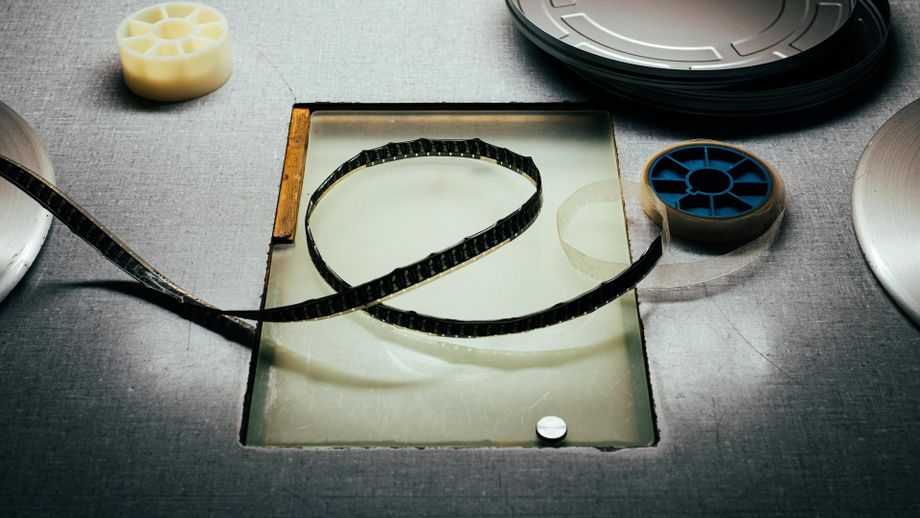

As everyone knows, the Cinemateca Brasileira went through many difficulties under Jair Bolsonaro’s administration. An ambitious project like the one dedicated to Cavalcanti’s work is a symbol of the institution’s return to activity.
Cavalcanti eventually returned to Europe, his time working in his homeland a mixture of frustrations that seem to exist more in a symbolic field, either as a metaphor for the constant failure of Brazilian cinema or as a model not to be emulated. Even so, the films live on and what they reveal goes beyond this symbolic dimension. They are rarely shown, especially Mulher de Verdade. The film materials were deposited at the Cinemateca Brasileira in São Paulo. The current president of its board of directors, critic and professor Carlos Alberto Calil, is coordinating the project “Cavalcanti - O Homem e o Cinema” (Cavalcanti - The Man and the Cinema), which hopes to publicize the filmmaker’s Brazilian work with a travelling retrospective, as well as serving as an essential opportunity to restore those films he made in the country.
As everyone knows, the Cinemateca Brasileira went through many difficulties under Jair Bolsonaro’s administration. An ambitious project like the one dedicated to Cavalcanti’s work is a symbol of the institution’s return to activity. According to its preservation department, “The materials relating to these three titles are in a critical state, in advanced decomposition, and require immediate restoration.” Last year, the Cinemateca selected from among its many titles in need of restoration this one to compete in the Locarno Film Festival’s “Heritage Online Restoration Contest”, in which it was selected as the winner.
This enabled a financial contribution of 50,000 Swiss francs for restoration work carried out by Cinegrell, a restoration laboratory in Zurich and Berlin. The work was carried out on a duplicate from the mid-1990s, when the 35mm negatives were already in poor condition. So although the material itself is not in the worst condition, it carries with it many scratches, instability, inaccuracies, and bad flickering as well as the visible presence of repairs and jumps. As Nicole T. Alleman of Cinegrell explained to me: “In addition to the defects of the original, the sixth roll was replaced in 1986 by a duplicate of a workprint, which was the source for the edition. Because of this, this roll has a general lack of definition, sharpness, shows all kinds of marks (letters scratched into the image for up to 10 frames), and so on.” This restoration was evidently a difficult job in which the laboratory and the Cinemateca made choices to repair the original material, stabilize the image, and try to remove the accumulated defects as well as embark on a restoration of the badly damaged soundtrack. As well as returning the film to circulation, the process should ensure that it is preserved in better condition than at present.
The restoration of Mulher de Verdade is not a simple process, but it is an important step towards bringing Alberto Cavalcanti’s Brazilian work back into circulation. We still have a lot to learn from it, about Brazil in the 1950s, about the relationship between Latin American and European cinema, and about the unique artist that Cavalcanti was.
The restoration of Alberto Cavalcanti’s Mulher de Verdade (1954) had its world premiere at the 77th edition of the Locarno Film Festival.
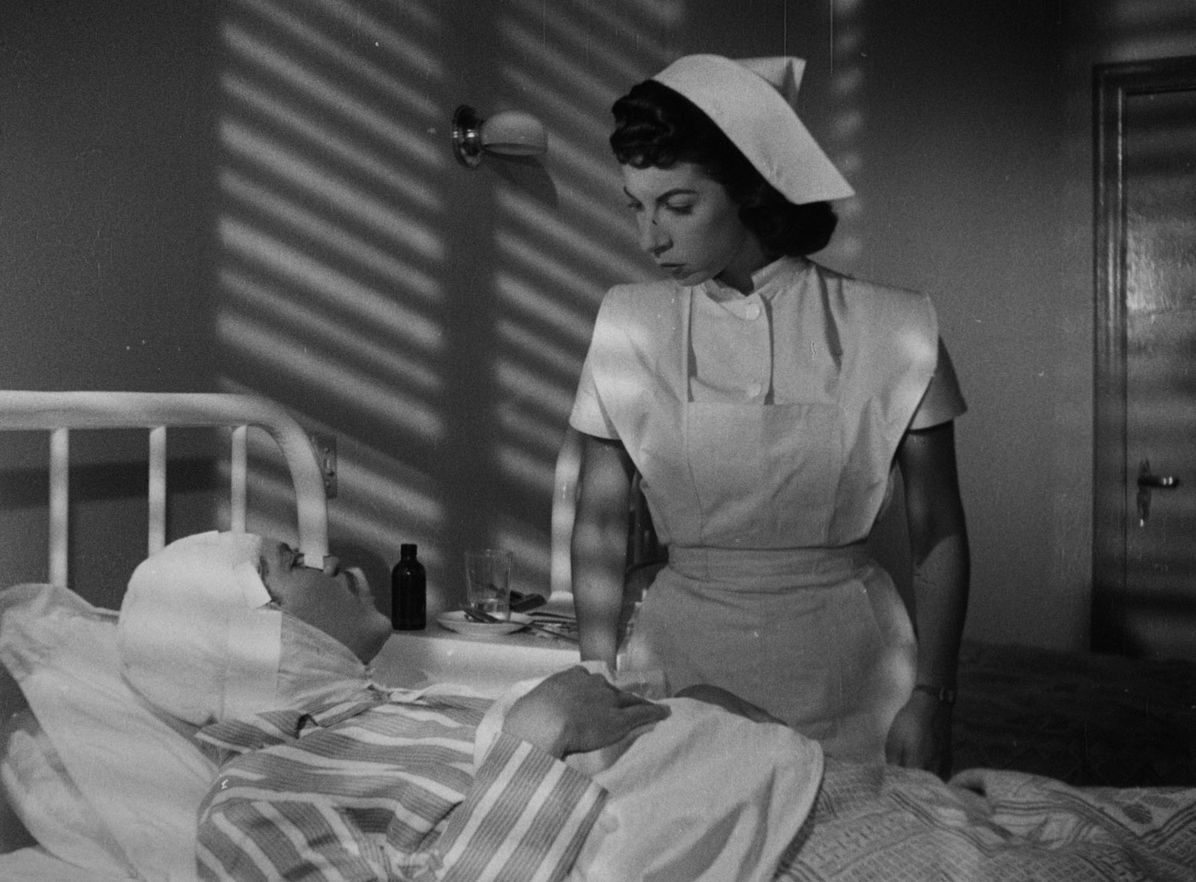
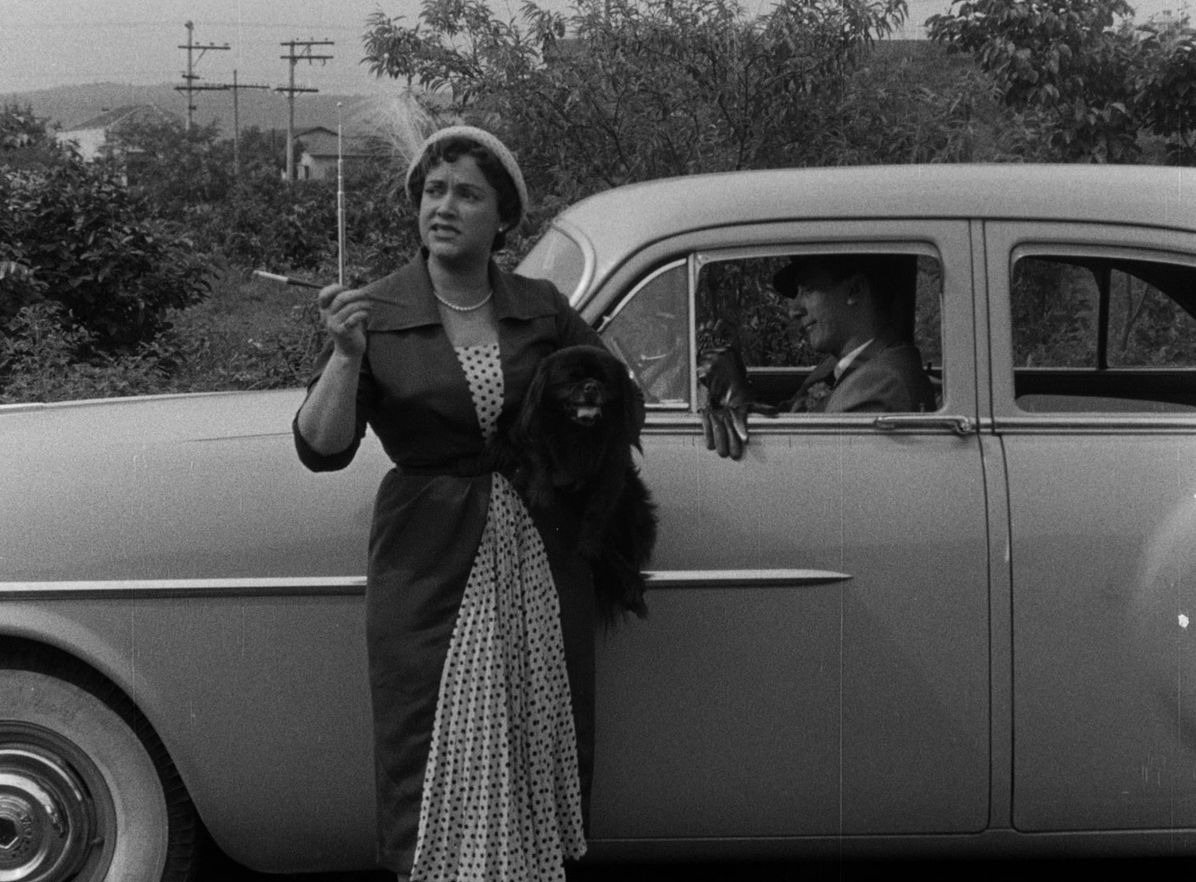
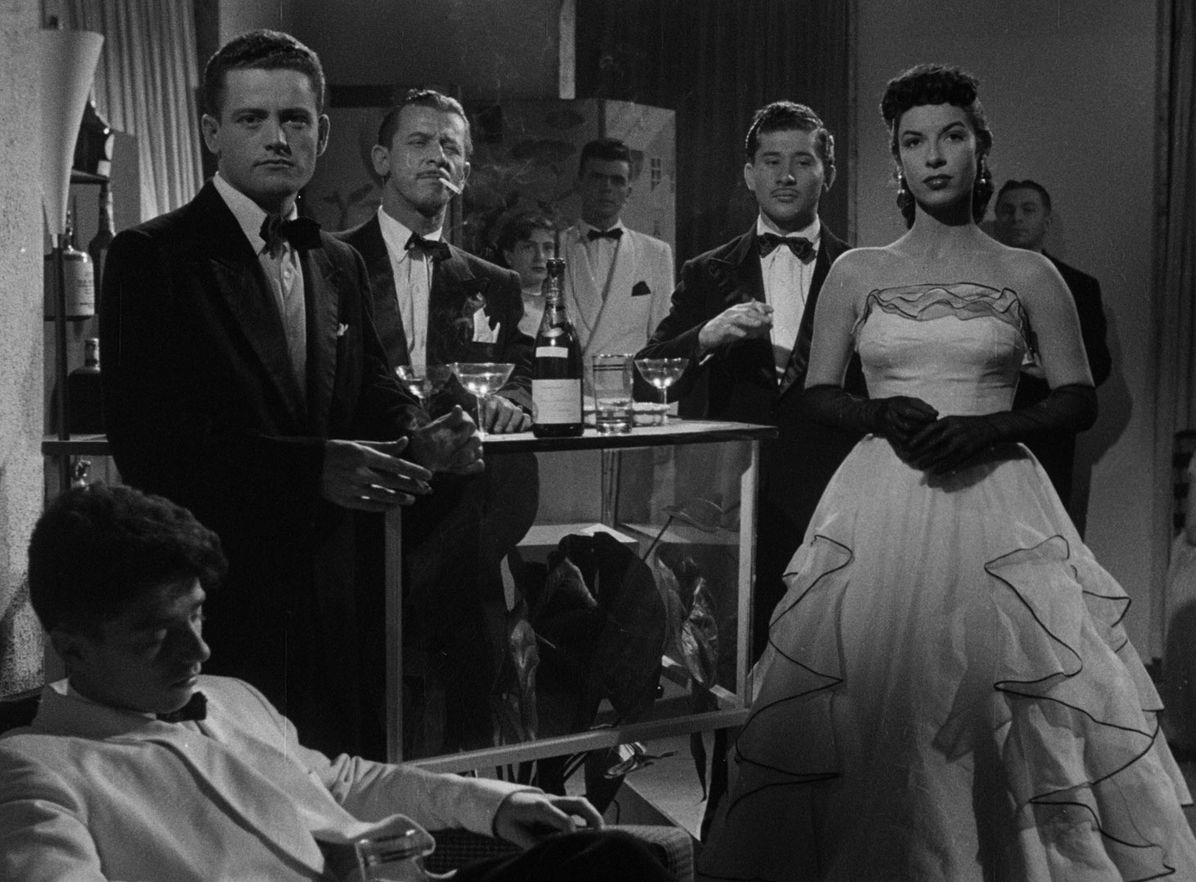
Located in Zurich and Berlin, Cinegrell offers end-to-end services for film and TV production. In addition to film restoration, post-production, grading, mastering, sound, compositing and camera rentals, Cinegrell operates a film laboratory in Berlin, providing services of highest quality for S8 mm, 16 mm and 35 mm film, in B&W, Color and Reversal process. Both branches feature DCI approved, Dolby 5.1 Cinemas for on-screen color grading with Filmlight Baselight systems. Customers supervise the process in comfortable suites, collaborating with highly experienced colorists. Cinegrell is equipped with four ARRISCAN XTs with Wetgate option. Both locations have a laboratory for the preparation of fragile film. Cinegrell's core business is to preserve and make films accessible, with a highly experienced team that approaches each project with dedication.